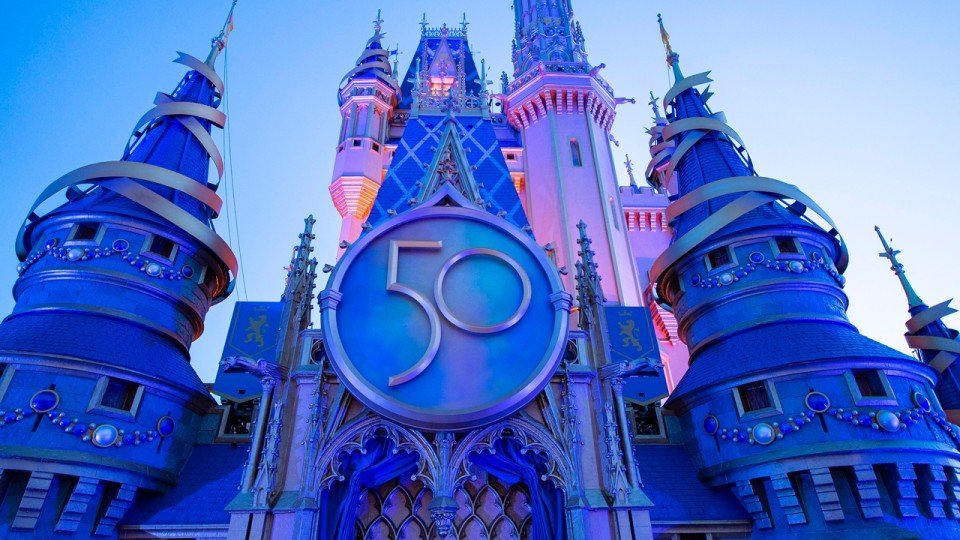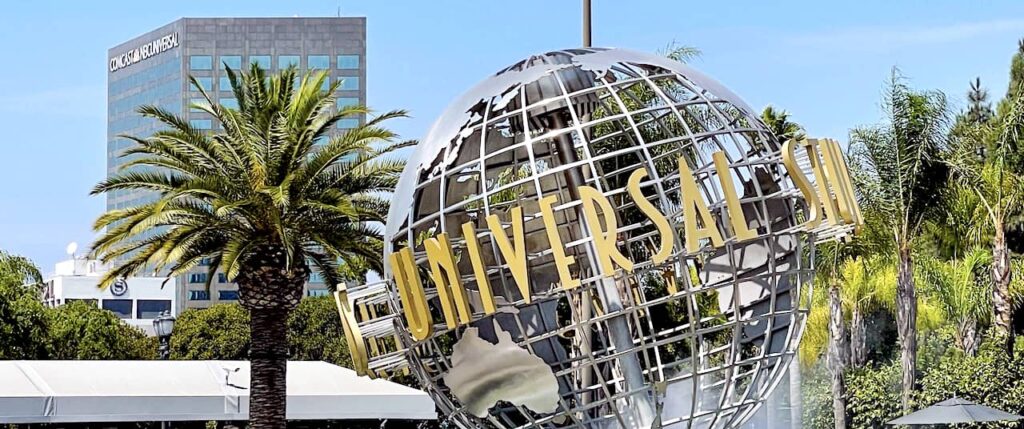There once was a day when classic coaster manufacturer Arrow Dynamics ruled the skyline of amusement parks around the globe. From rudimentary mine trains of the ’60s to Double Loops and Corkscrews of the ’70s; extraordinary “multi-loopers” of the ’80s, and then suspended, swinging coasters and 200-foot hypercoasters of the ’90s… You’d be hard-pressed to find a major U.S. park that didn’t have an Arrow as its headliner once upon a time…
But those times have come and gone. So has Arrow. In a “Hail Mary” attempt to keep up with ’90s newcomers B&M and Intamin, Arrow went bankrupt creating one of the world’s weirdest roller coasters. And that was that! Well… kind of.
Across the globe, Arrows remain… No longer headliners, of course, but “classics,” harkening back to a time when steel coasters had a little more rattle in their bones. Okay, okay, Arrows can be “headbangers.” But they can also be beloved. That’s the case with an all-time classic at Busch Gardens Williamsburg in Virginia. Instead of being torn down like so many of its sisters, the Loch Ness Monster roller coaster got a new lease on life… Here’s how.
Aging
Image: Six Flags
Even most coaster enthusiasts tend to forget that technically, roller coasters have expiration dates. While you may not think of your favorite coaster aging like a tuna sandwich in the fridge, the truth is that even the most hearty roller coasters endure a lot of wear and tear. At parks with year-round operation, coasters endure continuous use with only the rare week- or month-long closures as reprieve. At seasonal parks, the conditions are even worse – coasters often freeze and thaw, freeze and thaw across winters, exposed to the elements for decades.
We’re discovering, for example, that most coasters tend to plan for a 25 year life. A quarter of a century is nothing to sneeze at… but it is a little worrisome for the products of the “Coaster Wars” of the ’90s, which will soon be facing either expensive rebuilds, extensive retracking, or the wrecking ball…
Which is probably why some of the ultra-classic remnants of Arrow Dynamics seem to flicker out of existence year after year. That makes sense. Arrows are practically ancient. They harken back to a time before computer modeling created the graceful and powerful B&Ms we know today, or the technological Intamins that dot the landscape. Increasingly, those that do remain are beloved throwbacks that demonstrate what coasters “used to be.”
Image: United Parks
And Busch Gardens Williamsburg is lucky to have one of the best examples. Opened in 1978, Loch Ness Monster. A 120 foot tall beast lurking among the central valley of the European theme park’s Rhine River, Loch Ness Monster has been an icon for nearly 50 years – with its serpentine track slithering up and down hillsides, surrounding its most recognizable feature: the pair of interlocking loops you’ll find at its core. Billed then as a “technological mutation” of what coasters could be, this “ultimate thrill ride” was a sight to behold.
Sure, as with all Arrows, Loch Ness Monster was soon eclipsed, its valley filled with the dynamic cobra roll of the B&M invert Alpengeist; the graceful Immelmans of the B&M dive coaster Griffon; the riverfront dive of the beloved swinging Lost Legend: Big Bad Wolf… Loch Ness Monster was a relic. But as theme park fans know, if you wait long enough, things that people describe as “dated” or “old fashioned” soon cross the threshold into “beloved,” “historic,” “nostalgic” treasure.
In 2023, Busch Gardens began work on an incredible reimagining…
Loch Ness Monster: The Legend Lives On
Image: BGWFans.com
While many of us might’ve assumed that Busch Gardens would pull the plug on Loch Ness Monster, the park pulled a 180 and decided to breathe new life into this mythological monster with a first-of-its-kind restoration project.
It began with some track replacement. There’s just one problem: no existing coaster manufacturer makes track like Arrow’s. The recognizable steel spine and angled crossbars are distinctly unlike the track we’re used to today. And to make matters worse, Arrow’s coasters were built with a method no manufacturers still use. Rather than pieces of track that are shipped to site and bolted together in order, Arrow’s track segments were welded together on-site. (A famous story about the Loch Ness Monster purports that one track segment in particular arrived on-site angled the wrong directly, so engineers simply heated and re-angled it in the field.)
Unfortunately, Arrow Dynamics went bankrupt at the New Millennium. (They bit off a bit more than they could chew with their attempt to enter the “Coaster Wars” – their last ride, X at Six Flags Magic Mountain in California). But Busch Gardens didn’t cut corners with their retracking. Instead, coaster manufacturer Premier (creator of Universal’s Revenge of the Mummy) rose to the challenge, manufacturing retro replacement track sections indistinguishable from the Arrow originals, even welding them in place just as Arrow would’ve.
Image: Patrick Wagner, We Were Inverted
Meanwhile, designers got to work adding new story elements to the ride – like a queue now filled with hidden details, submersibles, maps, and “lore” bringing Loch Ness Expeditions to life. (Clever in-queue signage even supposes that the ride’s trains – delivered in 2018 from Vekoma – are a clever in-universe “boat” meant to tour the lake.)
That “backstory lite” continues in new scenes along the ride’s course, a custom-composed score for its lift hill, and even a screen-based encounter with the creature in the long-revered “Monster’s Lair” – an absolutely silly enclosed triple helix encountered midway through the ride. And of course, it culminates with a face-to-maw encounter with the Loch Ness Monster via a full-scale sculpture, leaving riders to seemingly descend from the ride’s second loop directly into the creature’s bite range.
Thanks to Busch Garden’s investment in this nearly 50 year old ride, Loch Ness Monster is back. And even moreso, it appears here to stay. This sort of investment in the past and this preservation of what makes parks special – even when it could more easily be bulldozed and replaced with a modern ride – is exactly the kind of love that we want all parks to feel, isn’t it?
For now, we can close out this chapter of the Loch Ness Monster’s story with the very same question riders face upon returning to the station after their harrowing, hallucinatory could-be encounter with one of the most legendary mythological creatures on Earth: Have you captured evidence of the beast? Or does the mystery remain…?



